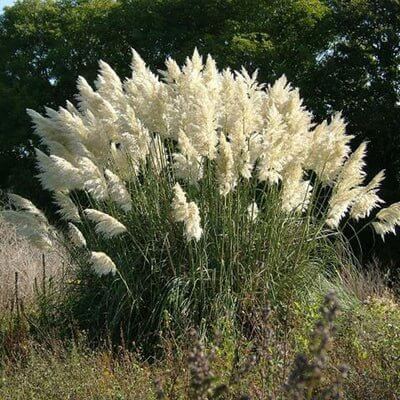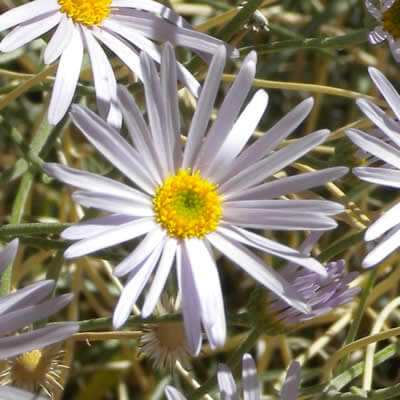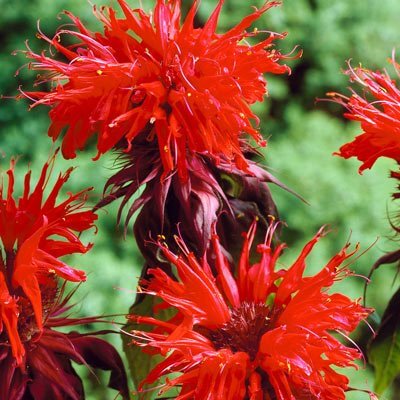Enhancing Your Landscape With Bee Balm
Native plants serve dual functions in landscaping by enhancing visual beauty while supporting environmental equilibrium in your area. The bee balm (Monarda didyma) stands out as a versatile and visually striking native plant that belongs to the mint family. The combination of its beautiful blooms and fragrant leaves alongside its pollinator benefits makes it an ideal option for any garden design. The presentation will cover all facets of using this plant in landscaping which includes understanding its properties and cultivation advice as well as design possibilities and its beneficial effects on the environment.
Bee Balm Characteristics
This perennial herbaceous plant presents multiple significant features.
Your landscape will be transformed by its dramatic flowers in shades of scarlet, pink, purple and white. The plant's leaves emit a wonderful scent that delights the senses.
The plant grows between 2 and 4 feet tall and extends up to 3 feet wide depending on its cultivar type which helps enhance vertical garden interest while filling empty spaces.
For successful growth in your landscape you should consider these cultivation tips.
Sun and soil requirements: The plant thrives best when exposed to full sunlight while performing optimally in well-drained soil conditions.
Watering and maintenance: To maintain healthy growth you need to water plants during dry periods and deadhead regularly for continuous blooming.
Design Ideas: The plant offers both aesthetic appeal and environmental benefits which make it an excellent choice for multiple landscaping projects.
Plant diverse plant cultivars and other pollinator-friendly plants together to establish a safe haven for bees, butterflies, and hummingbirds. A cottage garden gains enhanced charm through the romantic and vibrant atmosphere provided by this plant.
Herb gardens: This plant with its fragrant leaves and traditional medicinal applications offers great pleasure for herb garden enthusiasts.
Use it as a centerpiece or a middle-level feature in perennial borders and integrate it with plants like coneflowers, salvias or ornamental grasses to create a balanced look. The plant delivers multiple environmental advantages beyond its visual beauty.
Attract Wildlife With Bee Balm
Its abundant nectar and pollen reserves make bee balm a key attraction for bees, butterflies, and hummingbirds who depend on it for survival while it enhances pollination throughout your landscape.
Biodiversity promotion: Multiple pollinators attracted to an area help preserve biodiversity by sustaining various local species.
Your outdoor space becomes more attractive through bee balm landscaping which generates a healthy ecosystem for pollinators and supports environmental sustainability. The plant's beautiful blooms along with its fragrant leaves create numerous design possibilities which makes it suitable for both beginner and expert gardeners. Integrating this plant into your outdoor space establishes a dynamic garden that looks beautiful while promoting ecological health for long-term pleasure. Use bee balm to transform your landscape into a stunning display of natural beauty.
Read more

Pampas grass stands out due to its visual appeal and has gained significant popularity for landscaping and garden design. This plant's high plumes and sleek appearance deliver dynamic texture and m...

The Fleabane Daisy (Erigeron speciosus) stands out as an excellent plant choice to enhance natural beauty and charm in landscaping projects. The combination of its delicate blooms, sturdy nature an...


